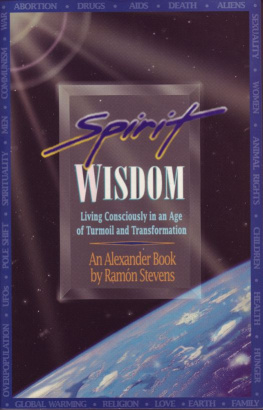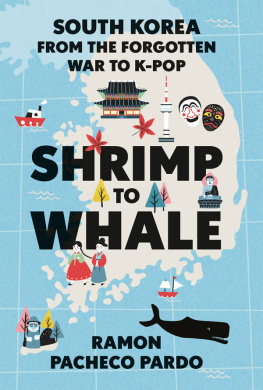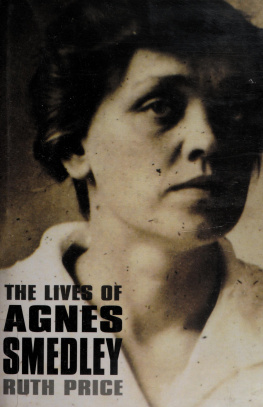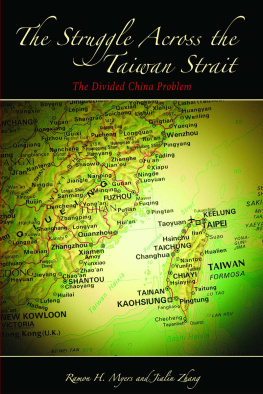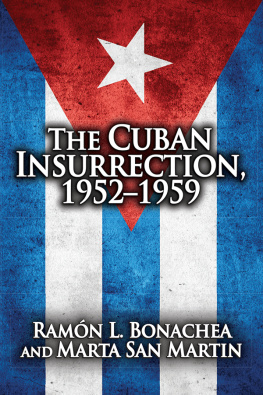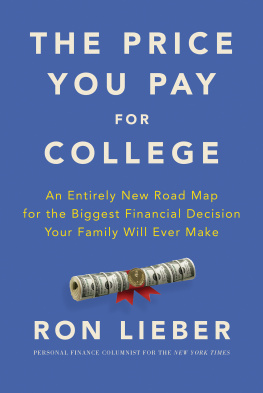THE PRICE OF EVERYTHING
A Parable of Possibility and Prosperity
Russell Roberts
PRINCETON UNIVERSITY PRESS
PRINCETON & OXFORD
Grateful acknowledgment is made for permission to reprint an excerpt from the film K-Pax, copyright 2001 Universal Studios and Intermedia Film.
Pages 171172: The Summer Day from House of Light by Mary Oliver, copyright 1990 by Mary Oliver, reprinted by permission of Beacon Press, Boston.
Copyright 2008 by Princeton University Press
Published by Princeton University Press, 41 William Street, Princeton, New Jersey 08540
In the United Kingdom: Princeton University Press, 6 Oxford Street, Woodstock, Oxfordshire OX20 1TW
All Rights Reserved
Library of Congress Control Number: 2008927632
ISBN: 978-0-691-13509-0
British Library Cataloging-in-Publication Data is available
This book has been composed in Bembo and Engravers Printed on acid-free paper
press.princeton.edu
Printed in the United States of America
10 9 8 7 6 5 4 3 2 1
To Sharon, my weaver of dreams
An economist knows the price of everything and the value of nothing.
Anonymous paraphrase
of Oscar Wildes definition of a cynic
The basic mystery about ant colonies is that there is no management. A functioning organization with no one in charge is so unlike the way humans operate as to be virtually inconceivable. There is no central control. No insect issues commands to another or instructs it to do things in a certain way. No individual is aware of what must be done to complete any colony task. Each ant scratches and prods its way through the tiny world of its immediate surroundings. Ants meet each other, separate, go about their business. Somehow, these small events create a pattern that drives the coordinated behavior of colonies.
Deborah Gordon, Ants at Work
You know what Ive learned about your planet? Theres enough life on earth to fill fifty planets. Plants, animals, people, fungi, viruses. All jostling to find their place. Bouncing off each other. Feeding off each other. Connected.
Spoken by the character Prot
in the movie K-Pax
The curious task of economics is to demonstrate to men how little they really know about what they imagine they can design.
F. A. Hayek, The Fatal Conceit
Contents
Authors Note
This book is set in the near future. Ramon Fernandez, Ruth Lieber, and the people they encounter in this story are products of my imagination. Any resemblance to real people on the Stanford Campus is purely coincidental. There is no Big Box corporationany resemblance of its CEO, Bob Bachman, to a real person is purely coincidental. The other companies and people and events mentioned in this book are real or at least as real as can be imagined as this book goes to press. I have tried to portray them along with the facts about America and the American economy as accurately as possible. Sources and additional readings can be found at the back of the book.
1
T HINKING O UTSIDE THE B OX
Just past midnight on a July night in Havana, the woman wakes and hears the tap, tap, tap at the window. She opens the door and the man, her brother, comes in and scoops up the sleeping boy, carrying him on his shoulder like a bundle of sugarcane. They head out into the sweltering streets. The woman carries a string bag and a blanket. Can a string bag contain a life? It must. Its all she can take with her. The boy sleeps on as they walk into the night.
Getting to the outskirts of the city and to the beach beyond seems to take an eternity. They wade out to the small boat waiting for them in the shallows and climb aboard.
The boy opens his eyes. The woman hugs him back to sleep. When she thinks back on that night, she remembers clutching her son, prayer after prayer, and the boat, endlessly rocking, heading north.
Sold out.
Sold out? Home Depot sold out of flashlights? It was impossible. How could they be sold out?
What do you mean? Ramon Fernandez asked.
Sorry, the clerk replied. This place has been a madhouse for the last two hours. I wish I could tell you there are more in the back. But there arent. Theyre gone. Every one of them. Come back in a few days.
Earlier that evening, Ramon and Amy had been making dinner when the floor began to shake. The earthquake seemed to go on and on, the glasses and plates rattling and tinkling on the kitchen shelves and two pictures crashing off the wall. Then the lights went out. Ramon lit the candles he had already set out for dinner and they enjoyed the meal rather than rushing out. Evidently a few hundred people had beat them to Home Depot in search of flashlights.
Hey, wait a minute, the clerk said. Arent you Ramon Fernandez?
Ramon just smiled and moved on. He was used to people recognizing him. The best tennis player at Stanford since John McEnroe, he had won the NCAA singles title for the last three years and had made it to the finals of Wimbledon last year. He was probably the best-known twenty-year-old in the Bay Area. Maybe the best-known twenty-year-old in the country. Even people who didnt care about tennis or sports knew the story of how his mother had fled Cuba in a small boat and somehow made it to Florida when Ramon was a kid.
Do you think well have better luck finding milk or ice for the cooler? Amy asked once they were back in the car. Or should we just give up?
How about Big Box in Hayward?
Big Box?
That new chaincombination Home Depot, Sams Club, and Borders. They say the back of the stores in a different time zone than the front. Or at least another zip code. Its probably our best chance to get milk and maybe theyll have a flashlight. Or a lantern. Or a laser. Or something. Theyre supposed to sell everything.
Alright. Ive got a full tank of gas. Lets give it a shot.
Big Boxs beginnings in the Bay Area had been rocky. A referendum kept them out of San Francisco. Berkeley residents marched against the store that had tried to open there. So far, the only store that had made it was in Hayward, just south of Oakland.
Amy and Ramon fought their way across the San Mateo Bridge to the 880 and up to Hayward. Big Box made a Home Depot store look like a 7-11. The Big Box parking lot was so large that shuttle buses took shoppers from their cars to the front door. Once inside, most customers rode mini-shuttles, custom-designed oversized golf carts that took you to the different regions of the store on mechanized routes, like little trams or trolleys. Some families took their kids just to ride the mini-shuttles and try the free samples scattered throughout the store. Or parents could drop off their kids in the giant Legoland in the center of the store while they shopped.
Ramon and Amy arrived just after midnight. The parking lot was crowded but they had no trouble finding a place and boarding a shuttle. Getting into the store proved to be the problem. An angry mob surged around the main door, yelling and chanting. Amy and Ramon couldnt figure out what was going on. They pushed forward and then they saw it. A large sign had been posted just inside the entrance: TONIGHT ONLY, A LL PRICES, DOUBLE THE MARKED PRICE. An anti-sale! And from the looks of it, a public relations disaster was also in progress.
An employee with a megaphone stood on a pile of bags of mulch, trying to calm the crowd. The decision had come out of Omaha, he explainedthere was nothing he could do about it. In his hand was a set of postcards, comment forms that he was eager to give out to defuse the crowd and preserve his health. The group milling around the front door didnt seem very interested in the postcards. They were looking for a more visceral and immediate form of feedback and customer satisfaction.
Next page





